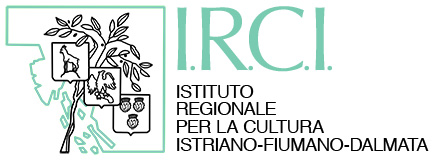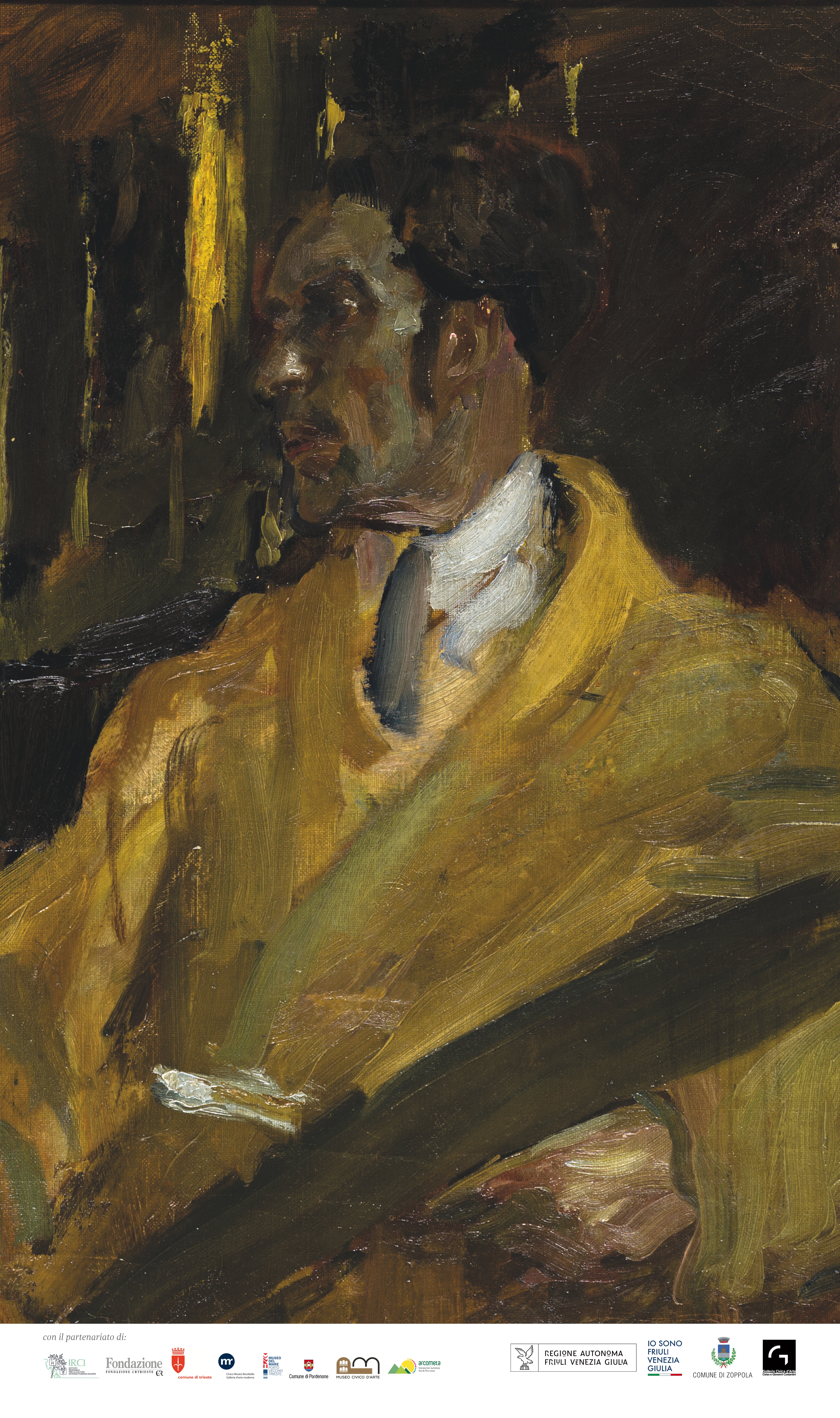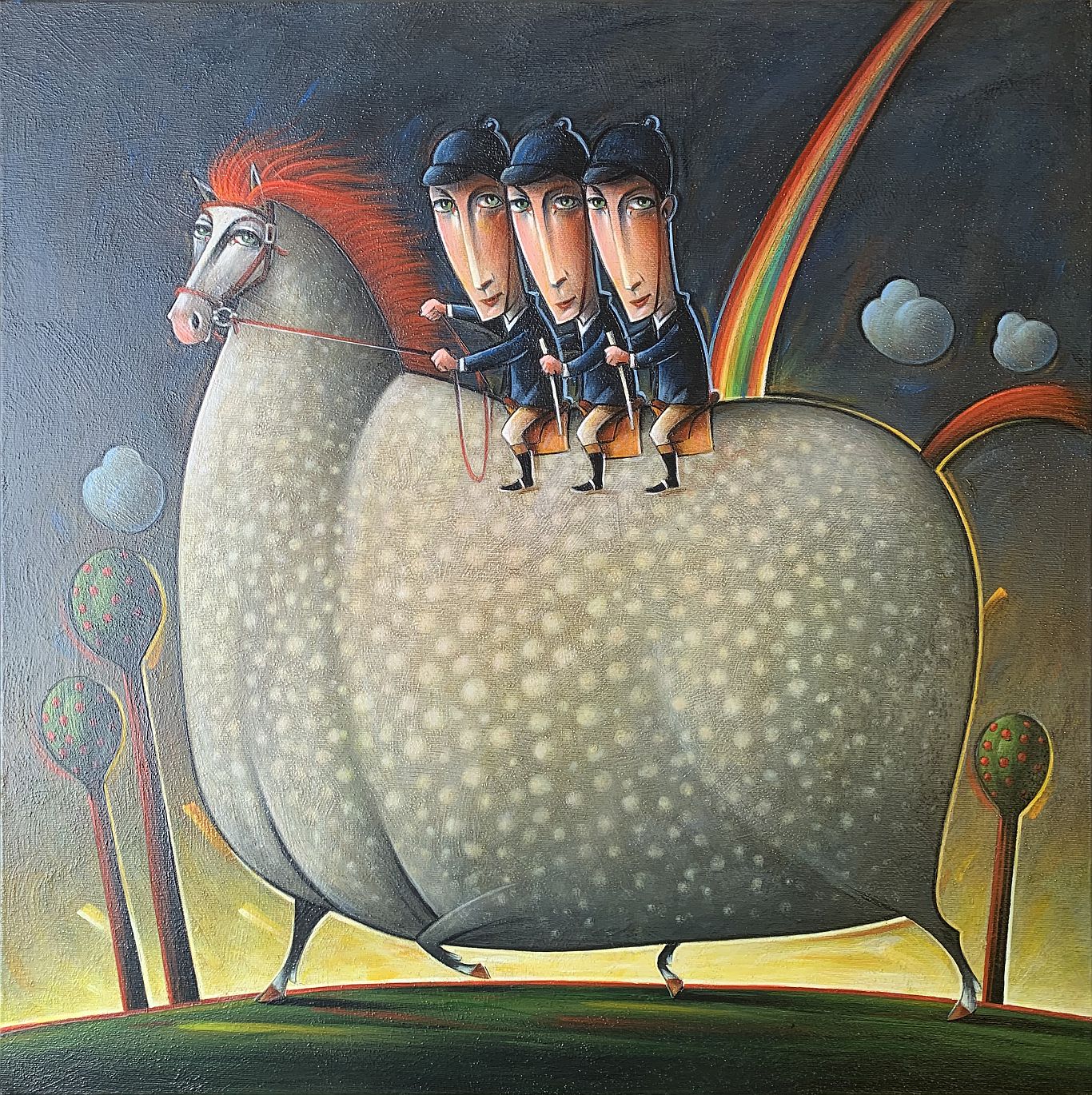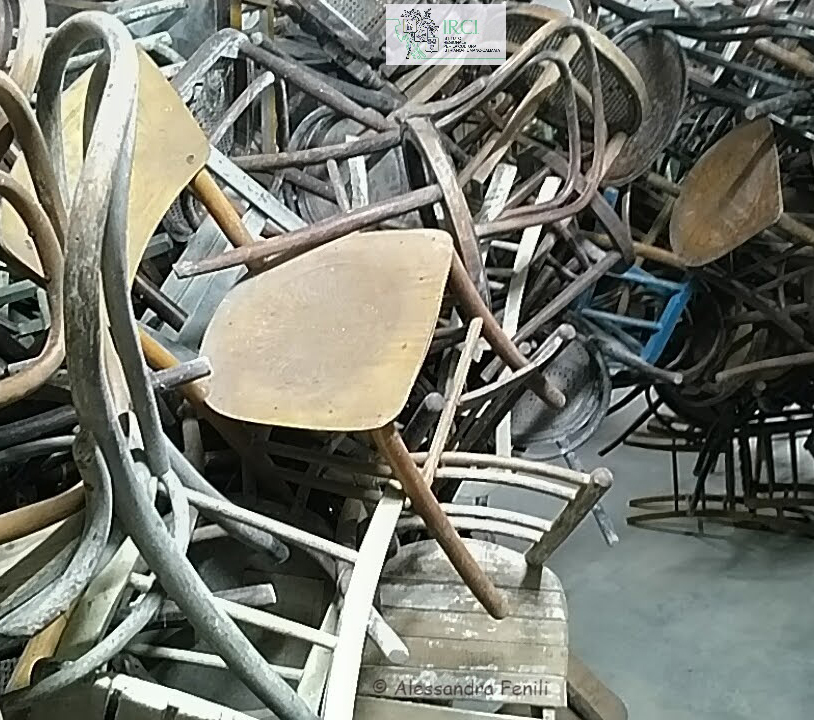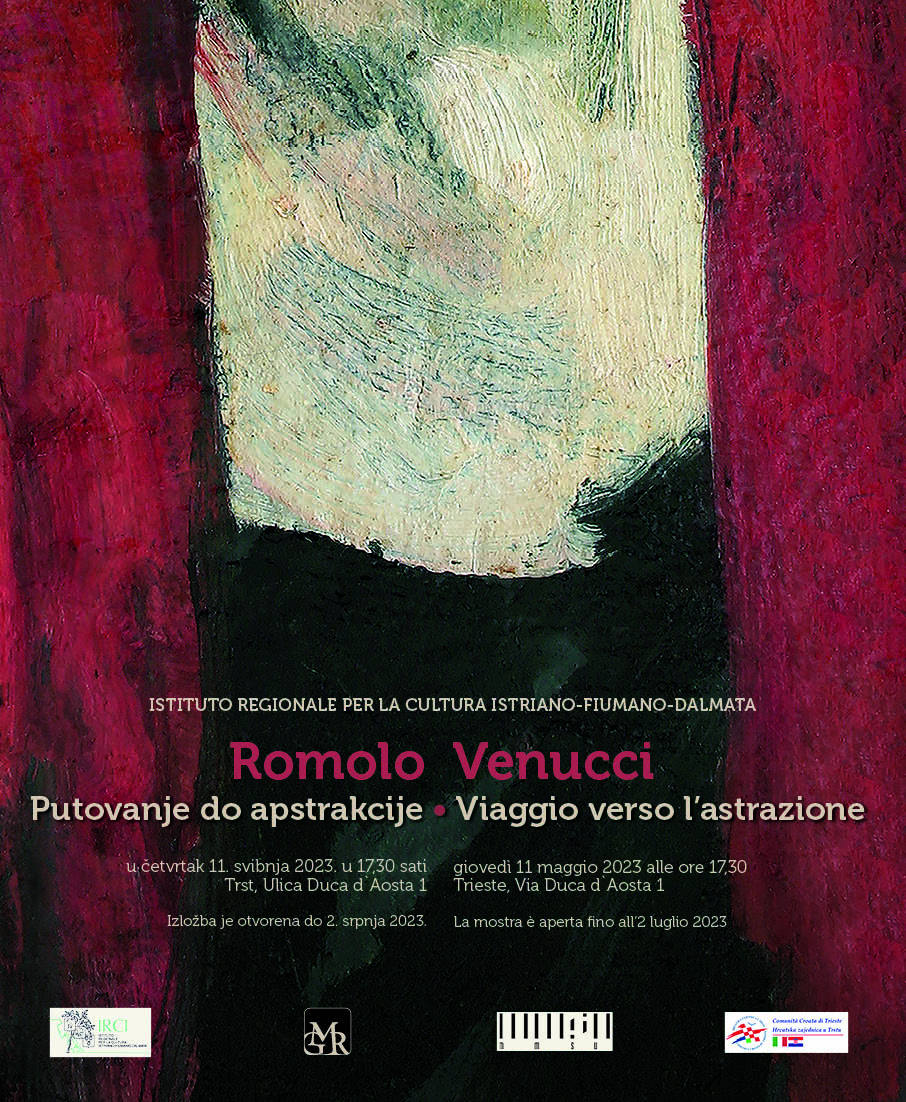Dalla Venezia Giulia alle Biennali
Nella ricorrenza dei sessant’anni dalla scomparsa del pittore Tullio Silvestri, l’Istituto Regionale per la Cultura istriano-fiumano-dalmata di Trieste, in collaborazione con il Comune di Zoppola, della Fondazione Cassa di Risparmio di Trieste, del Comune di Trieste, del Comune di Pordenone, di Arcometa Consorzio Turistico fra le Pro Loco, presenta la prima ampia mostra monografica dedicata a una personalità artistica di notevole spessore, versata nella pittura, nella musica e nella letteratura. Il progetto dal titolo “Tullio Silvestri artista d’Europa fra Trieste e il Friuli” si articola in una duplice esposizione a Trieste, città di adozione, e a Zoppola, dove Silvestri visse per trent’anni.
Tullio Silvestri fu un artista di respiro internazionale, a contatto con la grande cultura del primo Novecento a Trieste. Intrattenne rapporti di amicizia con molte personalità di spicco dell’arte e della cultura del tempo, da Itali Svevo a James Joice, da Dino Buzzati a Biagio Marin.
Silvestri dipinse molto, affrontò diverse tematiche, quali la ritrattistica, il sacro, il lavoro, vedute e interni, momenti di svago. Fu molto apprezzato per l’uso della tecnica del monotipo, che perfezionò fino a diventarne riconosciuto maestro. Sue opere si conservano nei musei di Gorizia, Pordenone, Udine e Trieste, alla Galleria Nazionale d’Arte Moderna di Roma, alle Gallerie degli Uffizi di Firenze, alla Poetry Collection di Buffalo negli Stati Uniti, e in prestigiose collezioni private.
In the 60th anniversary of the disappearance of the painter Tullio Silvestri, the Istituto Regionale per la Cultura istriano-fiumano-dalmata in Trieste, in collaboration with the Municipality of Zoppola, Fondazione Cassa di Risparmio di Trieste, Municipality of Trieste, Municipality of Pordenone, and Arcometa Consorzio Turistico fra le Pro Loco, presents the first great monographic exhibition dedicated to an artistic personality of considerable importance, skilled in painting, music and literature. The project titled “Tullio Silvestri an artist between Trieste and Friuli” is articulated in a double exposition in Trieste, his adopted town, and Zoppola, where he lived for thirty years.
Tullio Silvestri was an artist of international scope that came into contact with the great culture of the first half of the twentieth century in Trieste. He maintained friendly relationships with many prominent personalities of the art and culture of the time, from Italo Svevo to James Joice, from Dino Buzzati to Biagio Marin.
Silvestri painted a lot, and he addressed various themes, such as portraiture, the sacred, the work, views and interiors, moments of leisure. He was highly regarded for his use of the monotype technique, which he perfected until he became a recognized master in its applications. His artworks are preserved in the museums of Gorizia, Pordenone, Udine and Trieste, in the Galleria Nazionale d’Arte Moderna in Rome, in the Gallerie degli Uffizi in Florence, in the Poetry Collection in Buffalo, United States, and in prestigious private collections.


